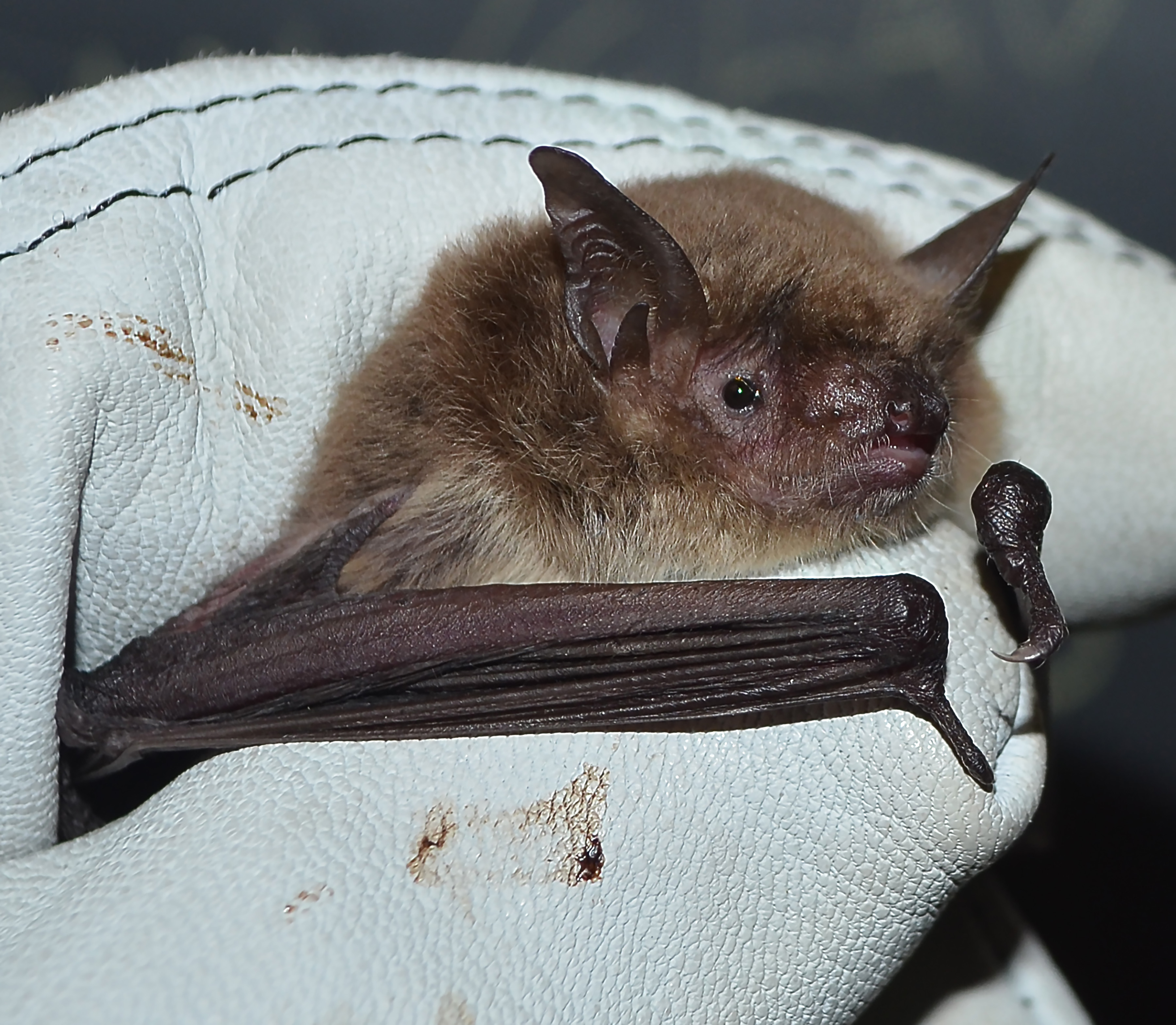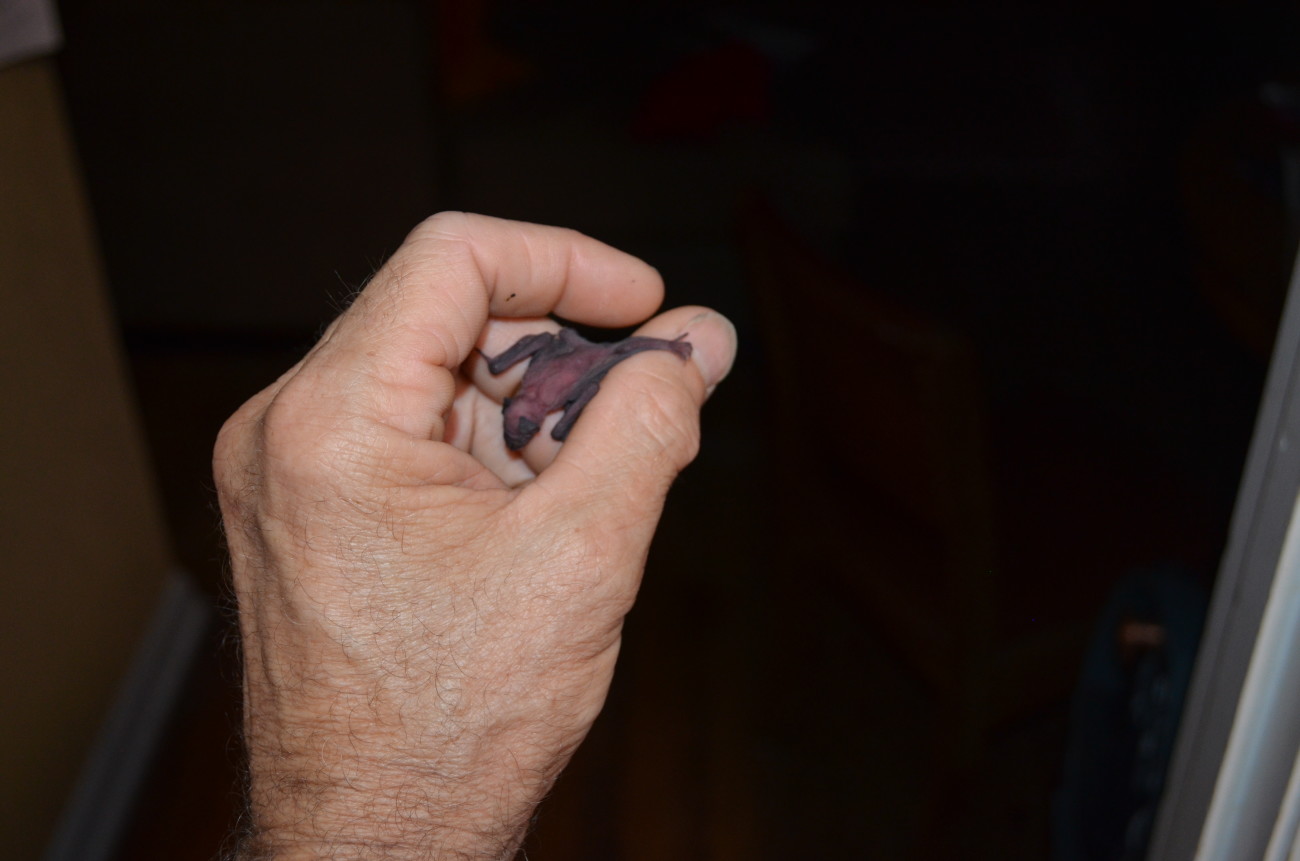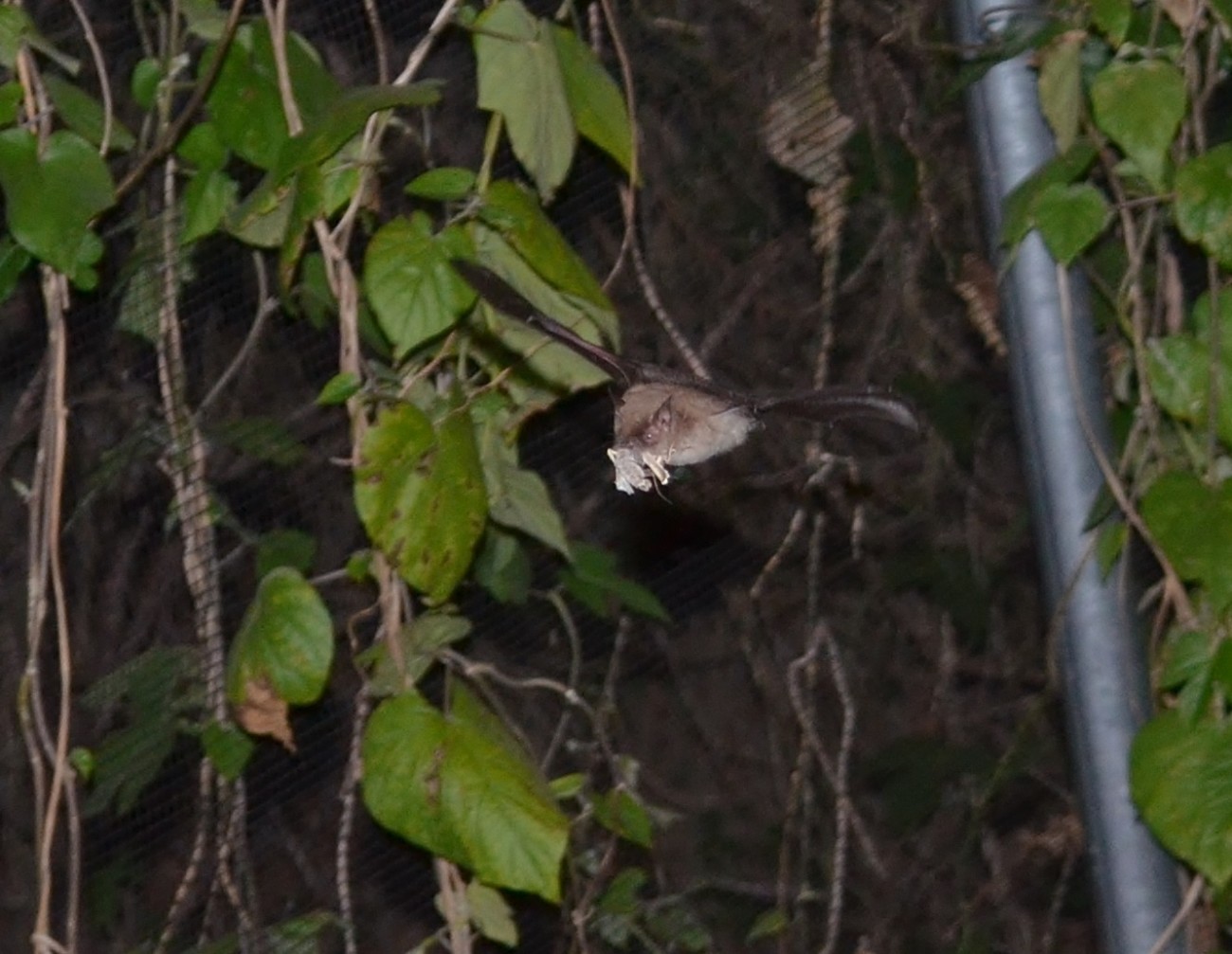Mothra!
Mothra was brought to us by Erika Rix back on 18May2015.
Erica opened her garden shed for the first time since the fall, and discovered a bat with a tiny newborn. She was super excited and quietly closed the door so as not to disturb them.
The next day however, the mother was gone, leaving the pup to fend for herself all day. The pup got weaker and weaker and eventually fell to the floor of the shed, where Erica found her, late that night, umbilicus still attached. She scooped her up and brought her to us the next day. This was the start of a three year rehabilitaion project that brought us an immeasurable amount of joy. Nice work, Erika!
The first few days were dicey, but she accepted the milk replacement formula we fed her every two hours, and she liked her warm roost.
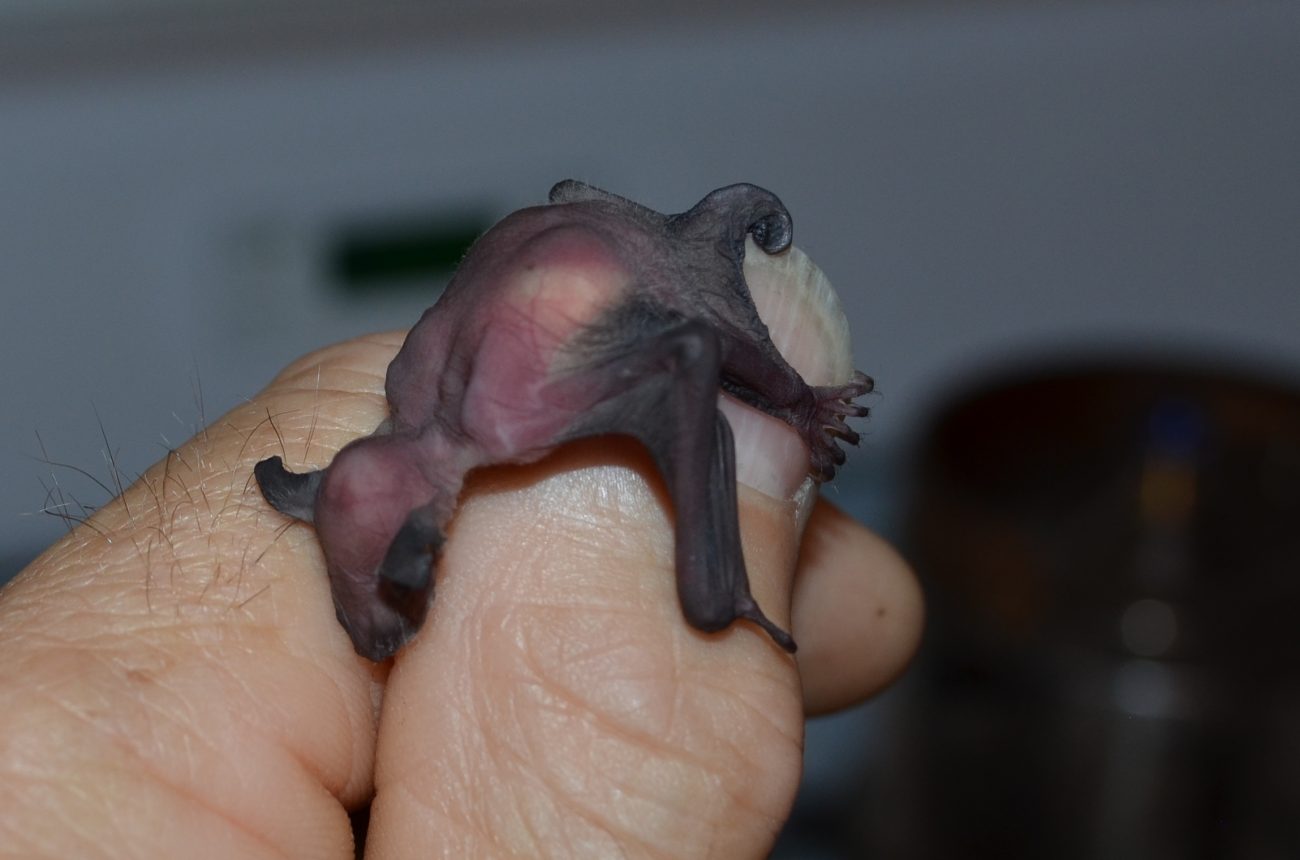

At the time we were short-staffed, so that meant that in a few days, a carpenter dude (me!) had to bring her to work, a remodeling project that was in the framing stage with lots of noise and action. We used a sugar glider bonding pouch to keep her safe, worn inside a shirt. Even though the pouch was against a body, it really wasn’t warm enough for her to thrive. And the constant motion and noise was not the best. Even so, she hung on, clinging to life, but fading over the next five days. Thankfullly help arrived as Dianne got back in town after a week at an urban wildlife conference, and diagnosed her problem as a lack of body heat and quiet. The little pup responded immediately to her care (yay Dianne!) and finally seemed to stabilize enought to where we felt we could give her a name, Mothra!


She became a beautiful juvenile velifer!
 Look at these elegant toe nails!
Look at these elegant toe nails!
 Some people think they are a rather plain bat, but we beg to differ! They have a subtle, yet radiant, beauty that is undeniable!
Some people think they are a rather plain bat, but we beg to differ! They have a subtle, yet radiant, beauty that is undeniable!

She became a real joy to us as we watched her progress through the stages of pup-hood, jumping out of our hands as she took her first flights around the room. What a cutie!

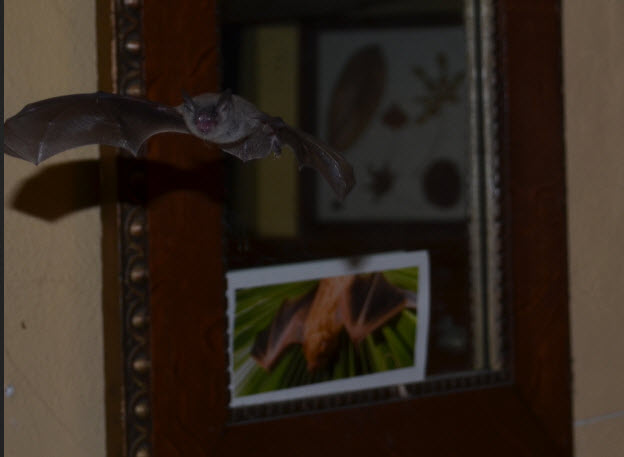
Once she was weaned and eating mealworms from a coop cup, it was time for the flight cage.
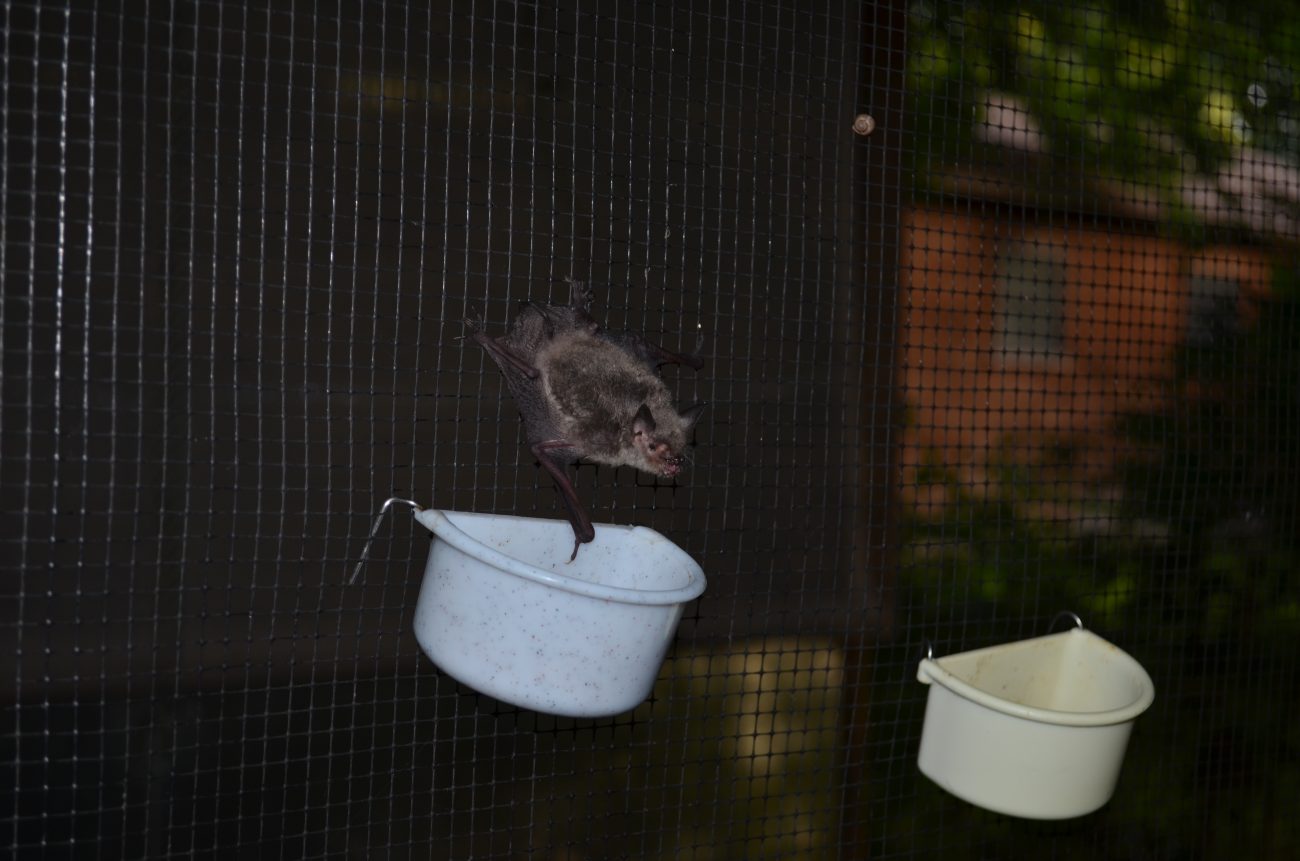
Here are some of her first flights. She has a look of triumph on her face as she lands on the far wall, as if to say “I made it all the way down here!”

We watched with pride as she became a magnificent flyer, and even saw her catch one of her first moths! This was exciting for us because many people believed that an orphaned bat would not learn to hunt without a mother. Well this girl did!

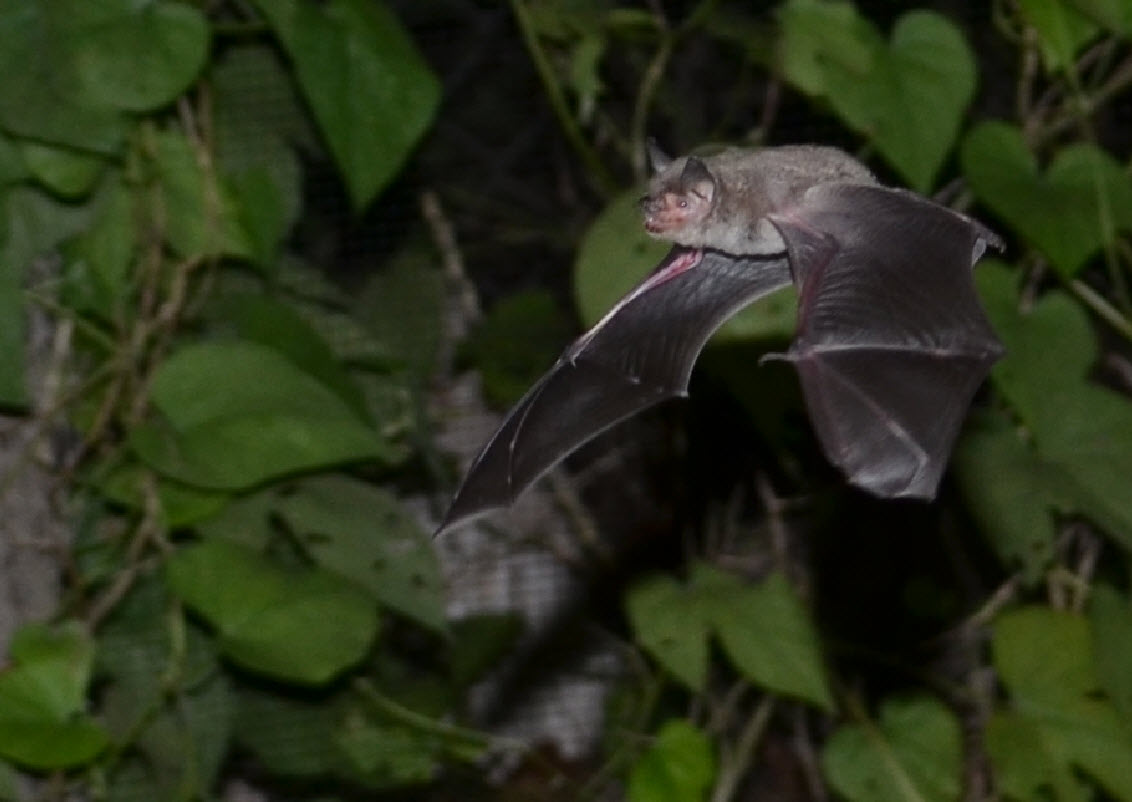
We noticed that her wing tips were rounded, compared to most of our bats, and we thought it might be an abnormality due to the milk formula.
We had no other velifers with which to compare her, so we did not realize that this is completely normal for the species!
Since we raised her from day 2 and she had no conspecifics, she was friendlier that most bat pups. We would go out each morning and hold her against our necks to warm her up, then feed her breakfast while we watched the sunrise. These were great days for us, to love a bat pup and have her love us back unabashedly. She was very playful and loved to land in the middle of our backs, then fly off when we tried to reach for her. We think this was because she had no other velifer pups with which to play and we were her family.
But it also made us very nervous about releasing her and worrying what would happen if she did this to a human she did not know. The only velifer caves we knew about were in the middle of neighborhoods and were often visited by the most dangerous animal on the planet, young humans! She would not survive a close encounter or a landing on the back of such a creature.
And so she stayed with us. Slowly but surely, she visited us less often, especially once we got two more non-releasable velifers. She formed a new family with them and, over time, learned how to be a velifer. We continued our search for caves that were protected and not within densly-packed neighborhoods in Brushy Creek MUD. Bats from culverts in Brushy Creek sometimes come to us with what appear to be human-caused injuries.
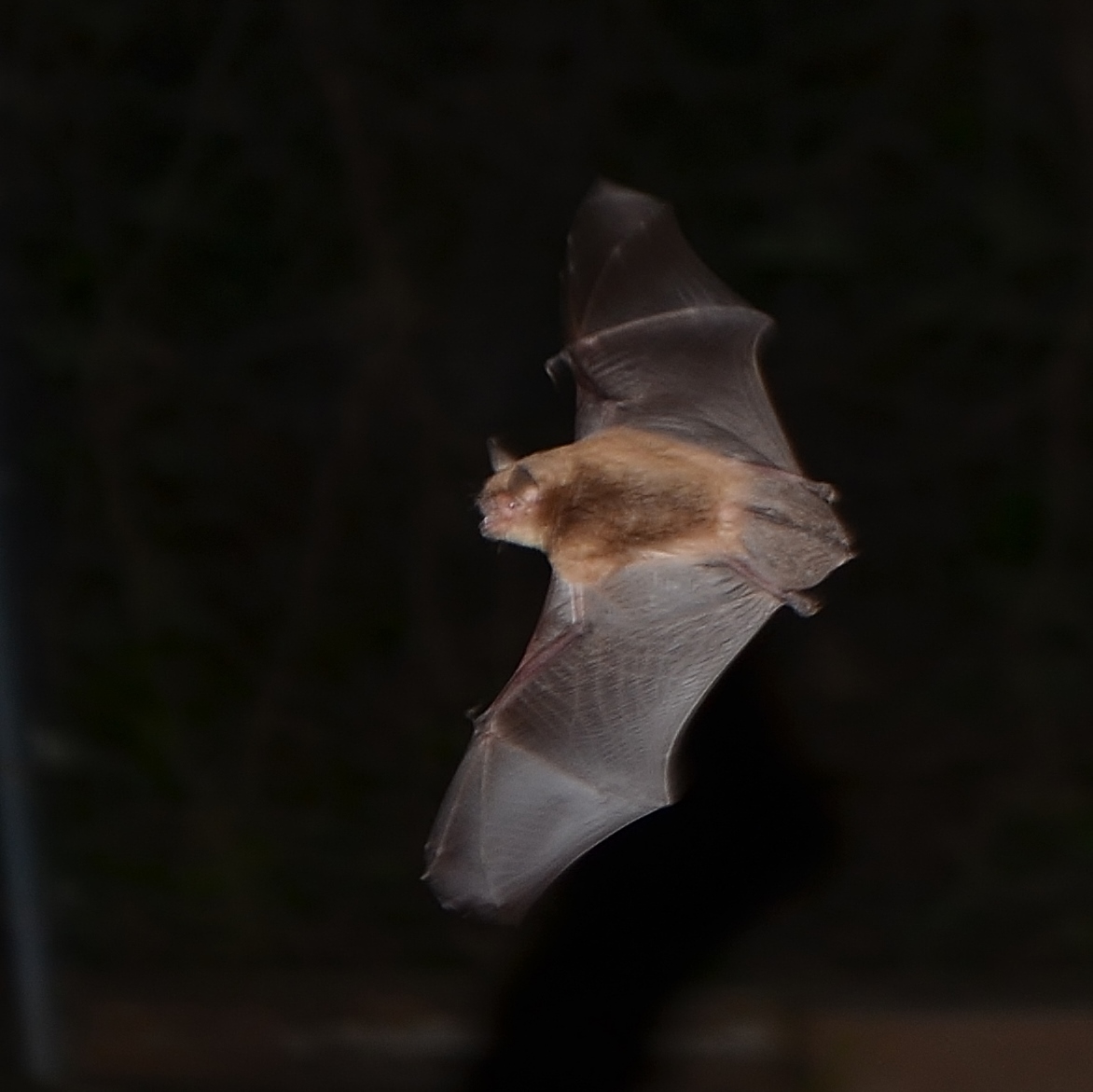
We finally got word of just such a protected cave this summer that has a few thousand velifers and tri-colored bats roosting within. We secured permission from the owners to bring Mothra, two other velifers, and three tri-colored bats (PipPup!) there for release.
It is a beauty of a cave and we felt so good about this spot.
We really stepped up the food and water for these bats starting a week before release and then took goodbye videos before they were gone from our lives.
Then it was down to the cave mouth to show her new home.
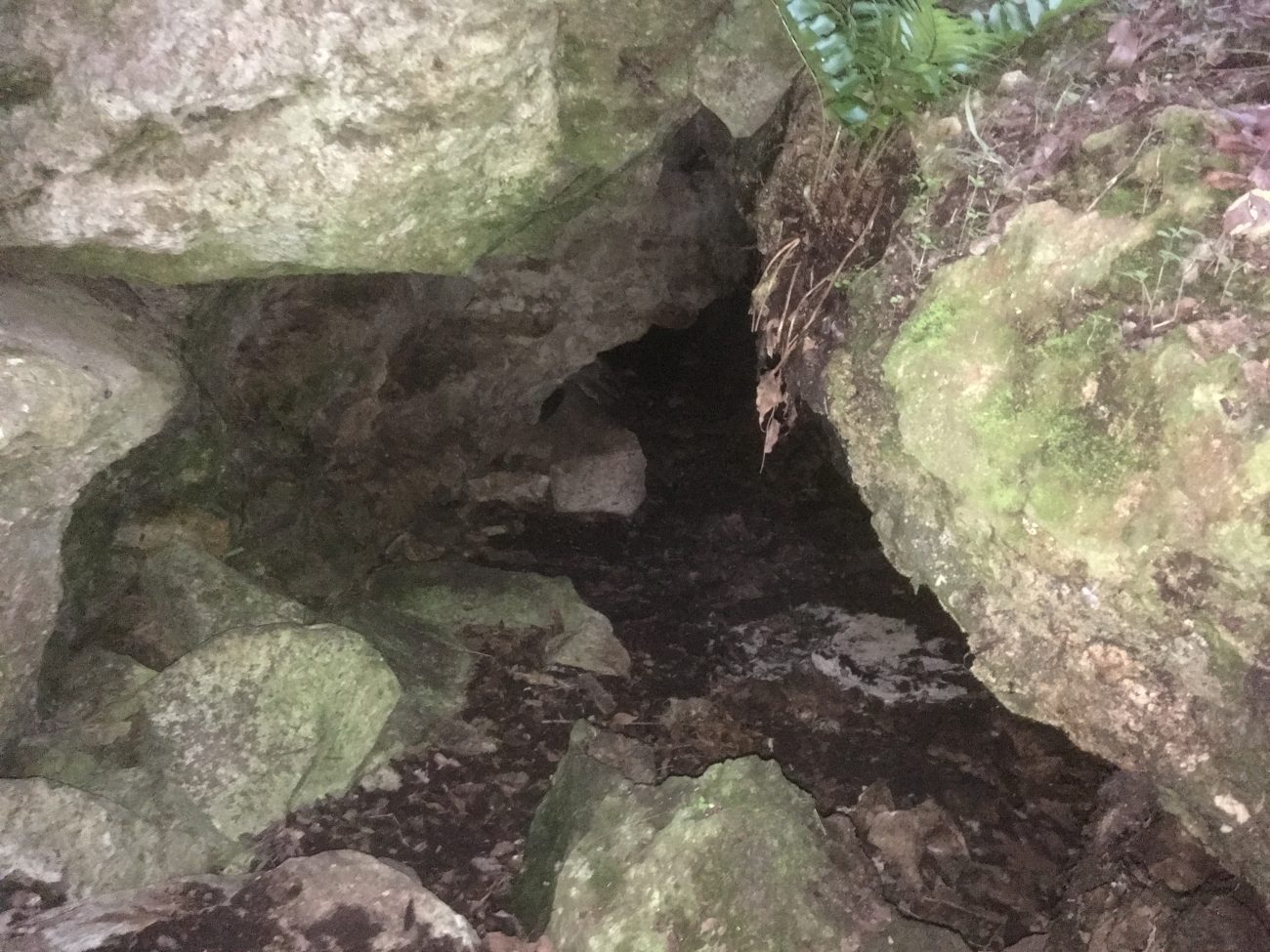
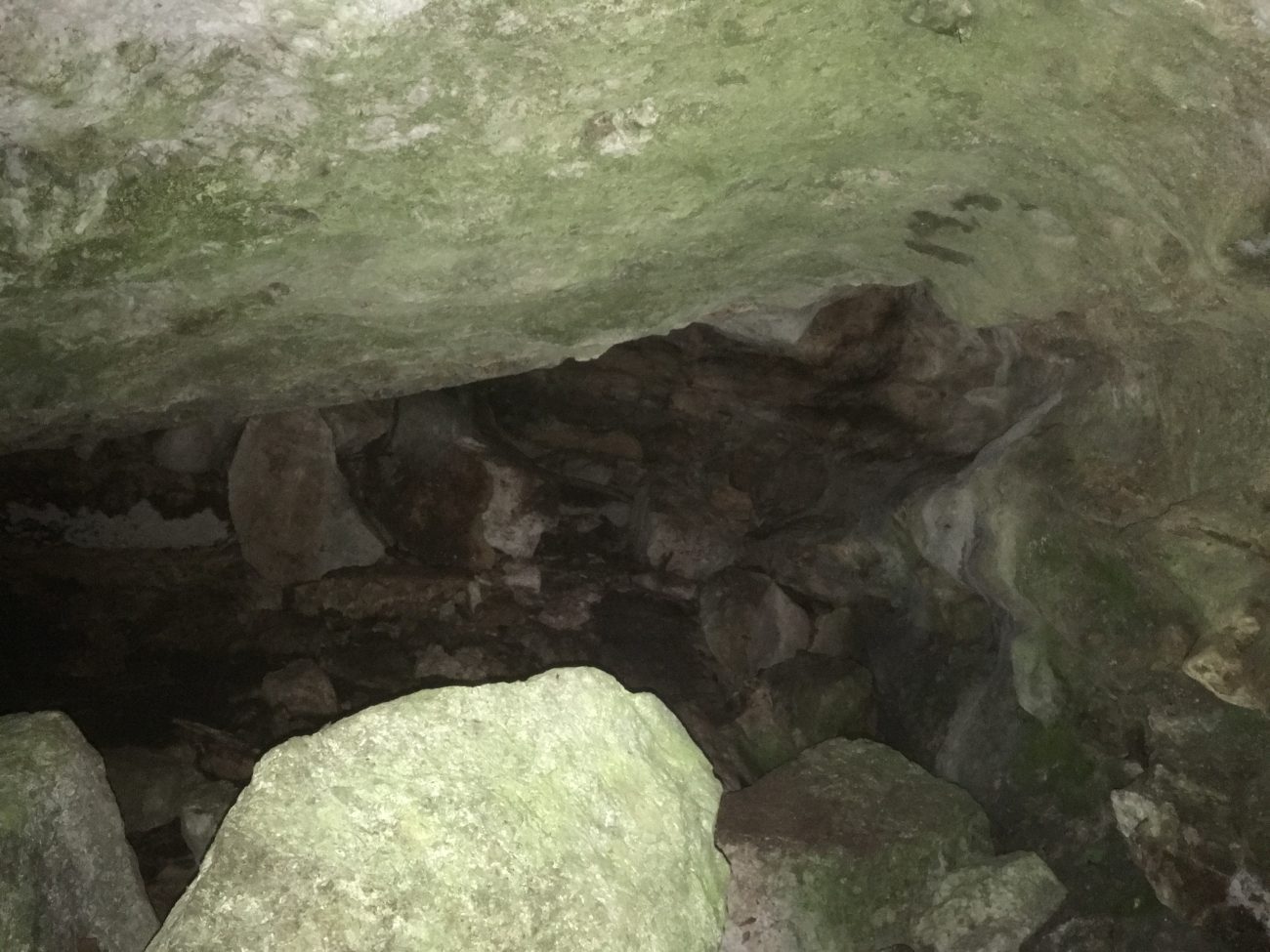
Having never seen a cave, she was pretty anxious, but she knew something momentous was about to happen.
Soon wild velifers started pouring from the cave mouth as we held her on a rock high above.
After all these years, we had hoped for a beautiful release, but rarely do things work out as planned for our videos.
But it worked out for Mothra! Here she drops into the stream of wild bats and although it was pretty dark, we’re sure she joined the stream of exiting bats and joined them in their evening feed. We can only hope that come dawn, she followed them back into the cave that we showed her earlier and made it her new home.
Love you Mothra. May the bat gods keep you safe. What a priviledge and an honor it was to know you. You’ll always be family to us!

